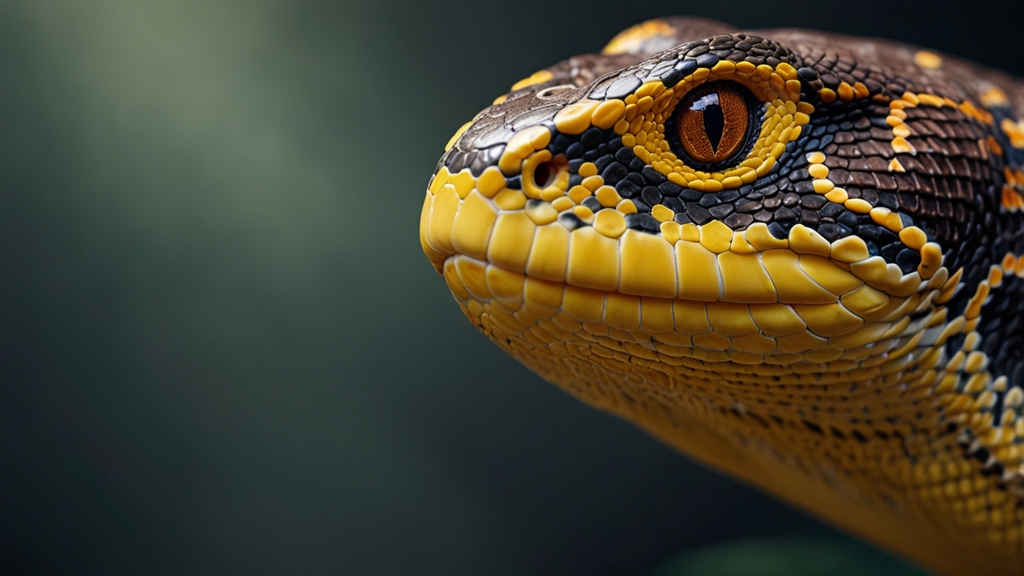Unearthing Egypt's Most Bizarre Rituals: Strange Practices of the Pharaohs
Ancient Egypt, a civilization that thrived for over three millennia, is renowned for its fascinating culture, monumental architecture, and intricate belief systems. Among its numerous wonders, the rituals and practices performed by the pharaohs stand out for their blend of spirituality, superstition, and occasionally baffling eccentricity. These rituals, while sometimes bizarre, were deeply rooted in the Egyptians’ quest for divine favor, eternal life, and cosmic balance.
The Quest for Immortality: Mummification
No discussion on Egyptian rituals is complete without mentioning mummification, the elaborate process aimed at preserving the body for the afterlife. The Egyptians believed that the soul, or ka, needed a preserved body to reside in eternally. This led to the development of complex mummification techniques involving evisceration, dehydration, and wrapping:
"The brain was often removed through the nostrils using specialized tools, while the internal organs were extracted through a small incision in the abdomen. These organs were stored in canopic jars, each guarded by a deity."
While the mummification process may seem grim to modern sensibilities, it was viewed as an essential step toward achieving immortality.
Animal Worship and Sacrifice
Animal worship played a significant role in ancient Egyptian religion. Certain animals were considered the living embodiments of gods, such as the Apis bull representing the god Ptah, and the sacred ibis associated with Thoth, the god of wisdom. These animals were revered during their lifetimes and often mummified after death:
"The sacred bovines were given their own temples, adorned with luxurious decorations and attended to by an entire staff of priests. Upon their death, a grand funeral would be held, complete with rituals and offerings."
In more somber aspects, animal sacrifice was also a common practice to appease the gods, ensure fertility, and seek protection from disease among other reasons.
Divine Kingship: The Sed Festival
The Sed Festival, or Heb-Sed, was a jubilee ritual aimed at renewing the pharaoh's strength and reaffirming his divine right to rule. Celebrated after thirty years of a pharaoh's reign, and every few years thereafter, it was a spectacular event involving processions, feasts, and physical feats:
"Pharaohs would participate in symbolic races and demonstrations of strength to showcase their continued vitality and capability to govern."
This festival was believed to reinvigorate the king's divine powers, ensuring the continued prosperity of the land and its people.
Magic and Superstition: Protective Amulets and Spells
Magic, or heka, was an integral part of daily life and spirituality in ancient Egypt. Pharaohs and commoners alike wore protective amulets, performed rituals, and recited spells to safeguard against malevolent forces. Specific amulets like the scarab beetle and the wadjet eye were believed to offer protection, health, and success:
"The Egyptians used so-called 'Books of the Dead,' containing spells to guide and protect the soul through the perilous journey in the underworld. These spells were essential for navigating the challenges posed by demons and ensuring safe passage to the afterlife."
Conclusion
Ancient Egyptian rituals, with their blend of mysticism and practicality, offer a deep insight into the worldview of one of history’s most enigmatic civilizations. These practices, however peculiar they may seem today, were pivotal to the Egyptians’ understanding of life, death, and the divine order of the cosmos. Unearthing these strange rituals not only enriches our knowledge of history but also underscores the timeless human quest for meaning and immortality.








